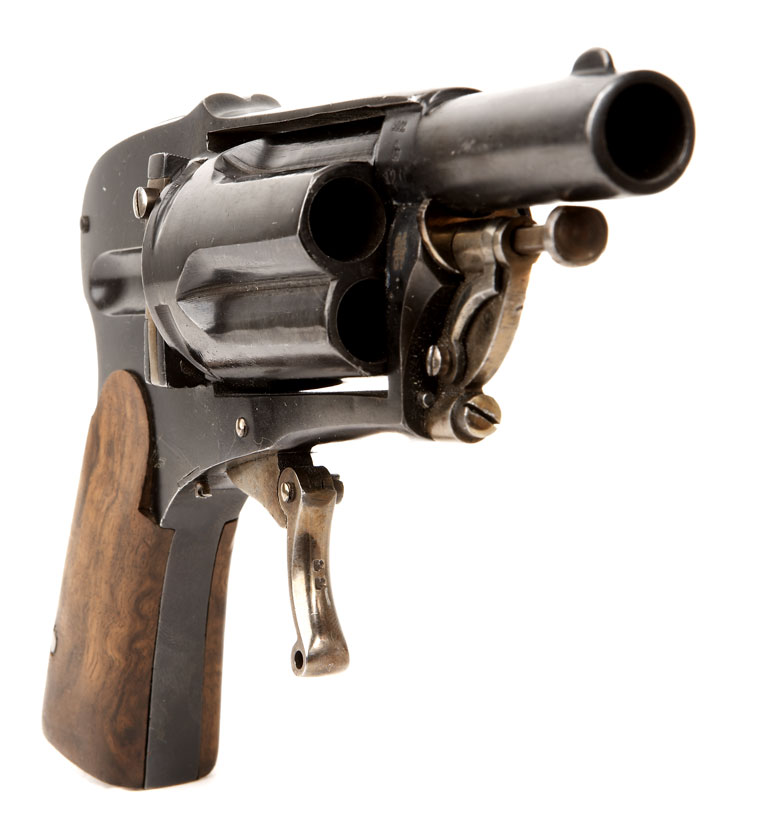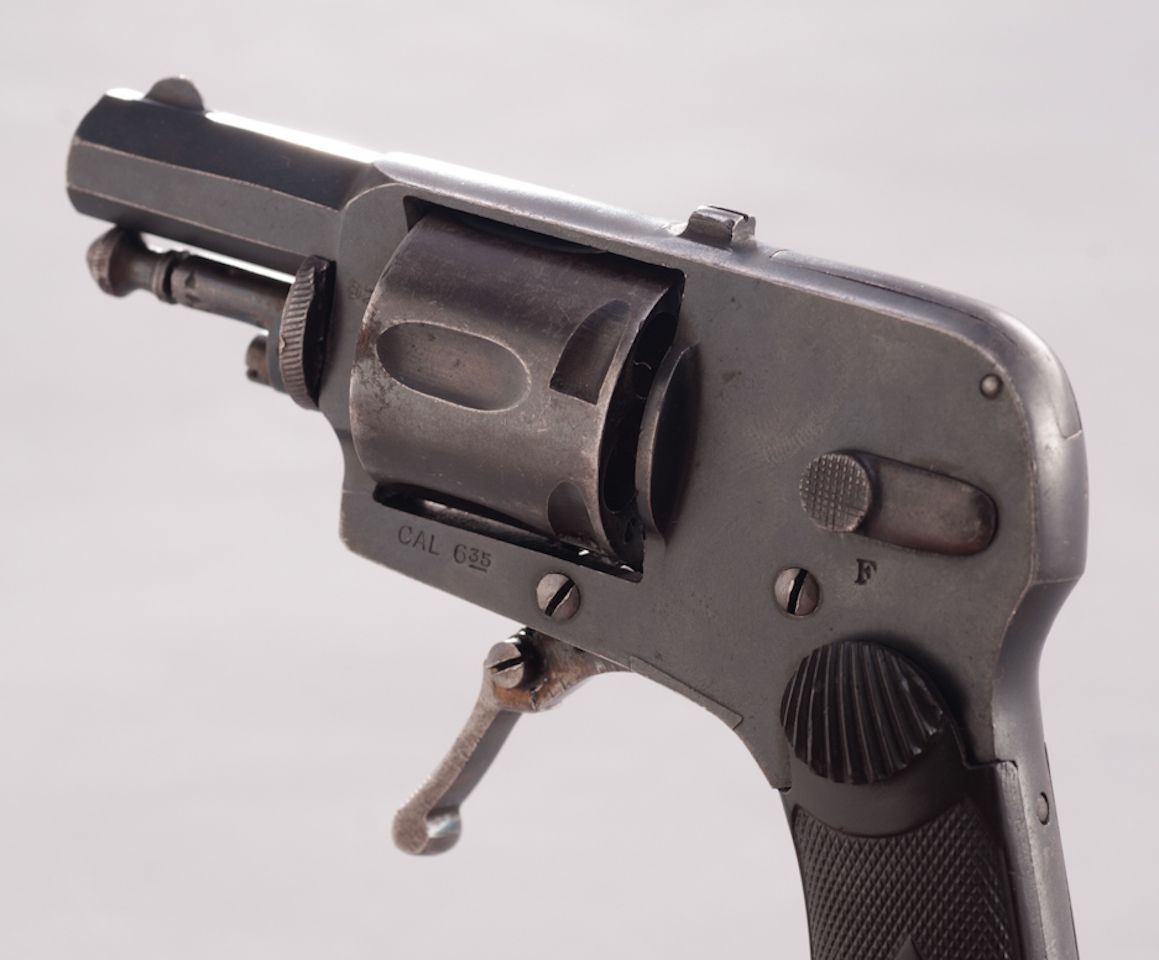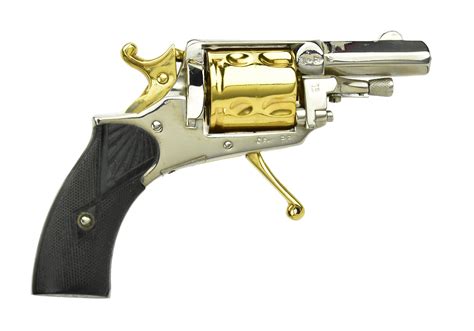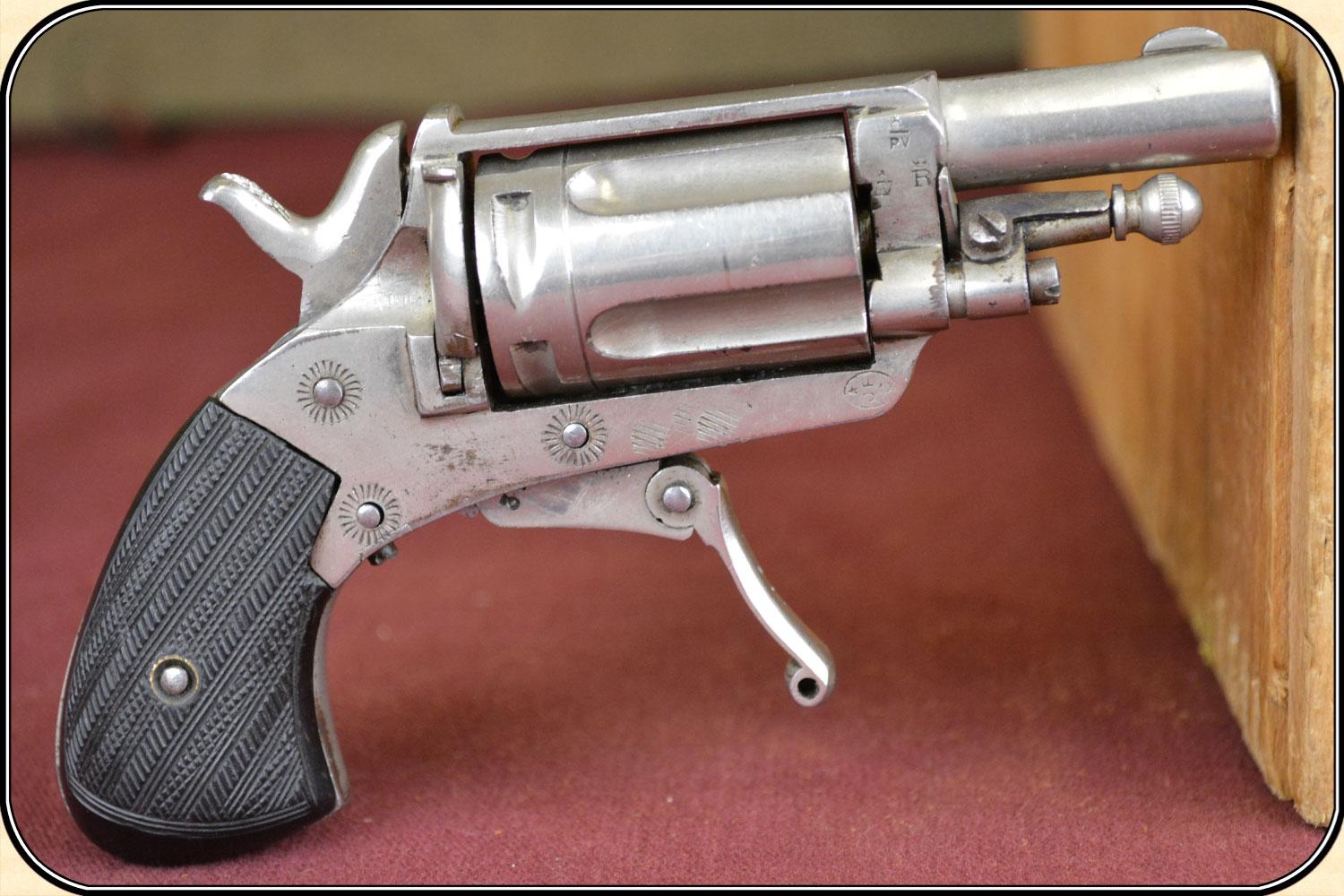It's interesting that they all use the same or similar "safety" mechanisms with the collapsible trigger. Anyone know if that was a common design for the time, or was this specific to these types of weapons?
Forgotten Weapons
This is a community dedicated to discussion around historical arms, mechanically unique arms, and Ian McCollum's Forgotten Weapons content. Posts requesting an identification of a particular gun (or other arm) are welcome.
https://www.youtube.com/@ForgottenWeapons
https://www.forgottenweapons.com/
Rules:
1) Treat Others in a Civil Manner. This is not the place to deride others for their race, sexuality, or etc. Personal insults of other members are not welcome here. Neither are calls for violence.
2) No Contemporary Politics Historical politics that influenced designs or adoption of designs are excluded from this rule. Acknowledgement of existing laws to explain designs is also permissable, so long as comments aren't in made to advocate or oppose a policy. Let's not make this a place where we battle over which color ties our politicians should have, or the issues of today.
3) No Advertising This rule doesn't apply to posting historical advertisements or showing more contemporary ads as a means of displaying information on an appropriate topic. The aim of this rule is to combat spam/irrelevant advertising campaigns.
4) Keep Post on Topic This rule will be enforced with leeway. Just keep it related to arms or Forgotten Weapons or closely adjacent content. If you feel you have something that's worth posting here that isn't about either of those (and doesn't violate other rules) feel free to reach out to a mod.
5) No NSFW Content Please refrain from posting uncensored extreme gore or sexualized content. If censored these posts may be fine.
Post Guide Lines
These are suggestions not rules.
-Provide a duration for videos. eg. [12:34]
-Provide a year to either indicate when a specific design was produced, patented, or released. If you have an older design being used in a recent conflict provide the year the picture was taken. Dates should be included to help contextualize, not necessarily give exact periods.
-Post a full URL, on mobile devices it can be hard to tell what you're clicking on if you only see "(Link)".
-Posts do not have to be just firearms. Blades, bows, etc. are also welcome.
Adjacent Communities
If you run a community that you feel might fit in dm a mod and we might add your's.
Want to Find a Museum Near You? Check out the mega thread: https://lemmy.world/post/9699481
Huh, I didn't think of it as a safety at all, I figured it was to make it lighter and easier to stow in a holster
Hm, could be this as well, especially considering it's intended purpose.
I'm curious why we don't see modern handguns with collapsible/retractable triggers. It seems like a good way to make a gun more compact. Maybe the reduced draw and fire speed is the reason.

The furry hate is real! But how often do you find yourself bothered by a velo-dog?
I'd love to know how these were mounted on the bike or if any real thought was put into it.
To put it in perspective, this is before most bicycle brakes, pneumatic tires, any kind of gear-train.
https://en.m.wikipedia.org/wiki/Velocipede

Mounted? Where did you see that? Unless I missed it, I don't think they mounted these on the bicycle, cyclists just carried them in a pocket or something.
It wouldn't last long at all in most places on a bike with a real rider. Thus my curiosity about mounting solutions most spots on a bike are constantly getting sweat dripped on them and evaporating. Your sweat contains a lot of salts that will corrode anything it contacts. Like, as a hardcore roadie, when I change my bar tape around 4 times a year there are caked up salt crystals all around it. I have to replace my shifters around every 3 years because of corrosion inside the mechanism. Everything is like this with a serious rider traveling distances and commuting. The location relative to your body is what will determine how fast something will corrode. Like anything I regularly carry in my back jersey pockets will corrode fastest.
Back in these early days people really cared about efficiency. There was only one gear and that had to get you up any hills. People were also traveling considerable distances on unpaved roads or cobbles. When bikes are made to optimize human efficiency they are more like road bikes of today than anything else. The range of leg motion is much longer and riding positions are set to recruit major muscle groups, (not the case for cheap bikes of today/mountain/hybrid/beach cruisers). When you are on a real bike like this, the last thing you want is some strap, belt or heavy object flapping around on your body.
I've commuted 100% and rode everywhere by bike for 4 years, raced for 6, and was the Buyer for a chain of bike shops for 6 years.
This would have been carried by a bicyclist by simply putting it in their pocket. Just like your wallet or keys, no holster.
The bicycle element is moreso in the marketing of the design. Bicycles were becoming more popular at the time, among both men and women. People would ride out into the country side and get chased by feral dogs. Soon after enterprising businessmen would bring these designs to market advertising them to those bicyclists.
That guy in number 11 looking super happy because he doesn't have to lug his giant weiner around town anymore.
That was the very first type of Velocipede too, IIRC (unlikely) it was patented in 1817. You rode it by walking with it and kinda fence rail riding it down hill. It's wooden with wagon wheels and absolutely no brakes.
As a hardcore roadie, it has always been a weiner transporter, but what isn't, even most Karens have one.




